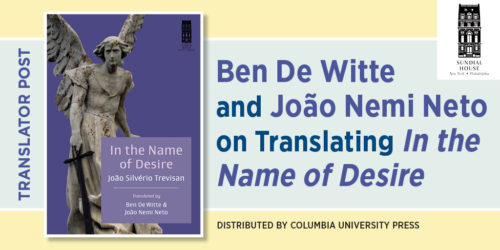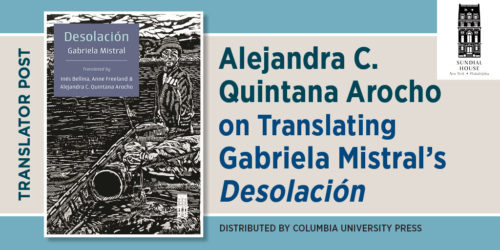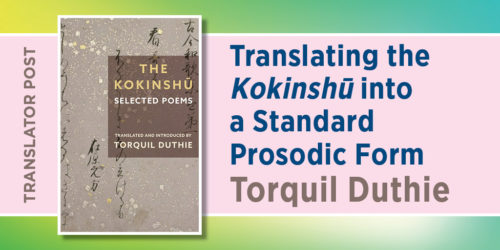Johan Elverskog on Translating The Precious Summary

The Precious Summary is the most important work of Mongolian history on the three-hundred-year period before the rise of the Manchu Qing dynasty. Written by Sagang Sechen in 1662, it chronicles the fall of the Yuan dynasty in China, the Mongol-Oirat wars, and the revival of Mongol power during the reign of Dayan Khan in the sixteenth century. In this Q&A, translator Johan Elverskog discusses the value of this rare translation and sheds light on the Buddhist history of the Mongols, the Sino-Mongol relationship, and Mongolian culture and society during this period.
Q: Monolian is a lesser-known language that is rarely translated into English. How did you approach this translation? Or to put it another way, was there anything distinctive or difficult in doing so?
Johan Elverskog: Mongolian is certainly not a commonly known or studied language. Indeed, there are only two universities in the United States that regularly teach it, which is unfortunate since there is an incredibly rich corpus of material ranging from epic poetry to contemporary literature. Nevertheless, in preparing this translation there was nothing really distinctive or difficult in terms of Mongolian itself—it would have been the same if I was translating from Chinese or Swedish—but precisely because there are so few translations, I was intently focused on making it an enjoyable read. And this was especially important in terms of the work’s powerful poetry, which is a vital element of Mongolian literature and the reason this work is considered to be “the masterpiece” of its genre. Sagang Sechen’s poignant seventy-six-quatrain colophon wherein he reflects on Buddhism, morality, and the meaning of life is particularly revered.
Q: What role does Buddhism play in The Precious Summary?
Elverskog: Everything. In fact, I was thinking of adding it to the subtitle—A Buddhist History of the Mongols—since that is what this work actually is; however, I ultimately decided against it, which may have been a mistake. Regardless, the whole narrative structure of the text is a meditation on righteous Buddhist rule, which is understood to be the prerequisite for both a good society and ultimate salvation. Yet, as the Buddha famously pointed out, everything changes, and that invariably includes the Buddhist states that enable a moral and just society. Thus, in this telling, the mantle of proper Buddhist rule has gone from the Indians to the Tibetans to the Mongols and finally to the Manchus, who founded the Buddhist Qing empire.
Q: Besides offering this distinctive Buddhist framing of world history, what does The Precious Summary tell us about Mongol and Chinese history?
Elverskog: Most importantly, it gives us the history of the Mongols from the time of Chinggis Khan up through the Yuan, Ming, and Qing dynasties from the Mongolian perspective. It therefore offers an invaluable counterpoint to the conventional Sinocentric narrative that is based solely on Chinese sources. On account of The Precious Summary we get a much more holistic understanding of the often-fraught Sino-Mongol relationship: the Mongols are not simply hapless nomads responding to the sophisticated strategies emanating out of Beijing. Rather, as with any historical relationship, it was a two-way street, and the Mongols had their own plans and visions that more often than not thwarted the Chinese.
Q: In addition to providing this important “native voice” for several centuries of Chinese and Inner Asian history, what else does The Precious Summary offer the reader?
Elverskog: In addition to a distinctive historical overview of Eurasia in the wake of the Mongol empire and its legacy, Sagang Sechen’s work offers an unparalleled perspective on Mongolian culture and society during this period, everything from economics and military culture to social structure and gender roles. For example, it makes clear that before the Buddhist conversion in the late sixteenth century, women were incredibly important and powerful leaders in Mongol society.








